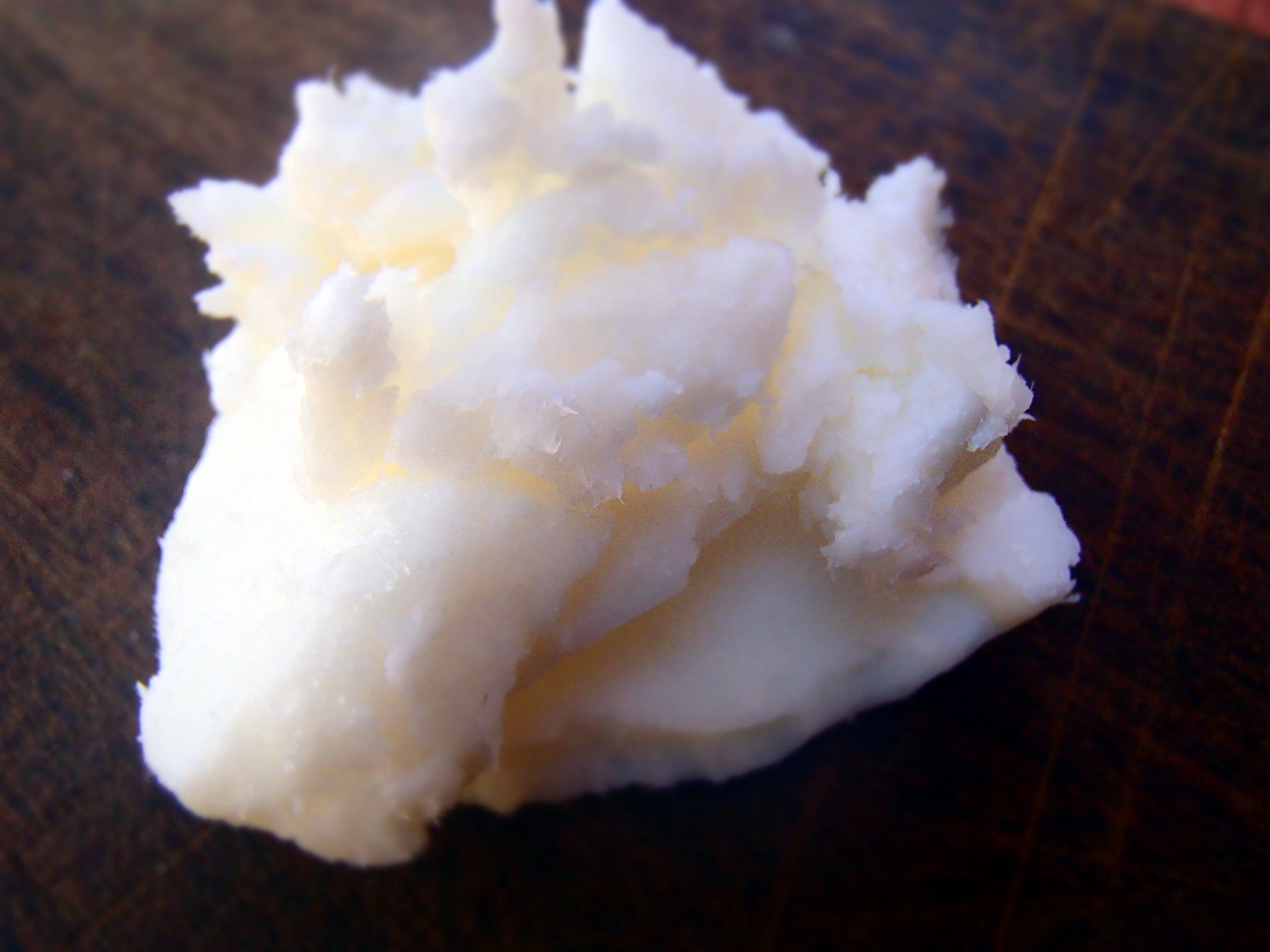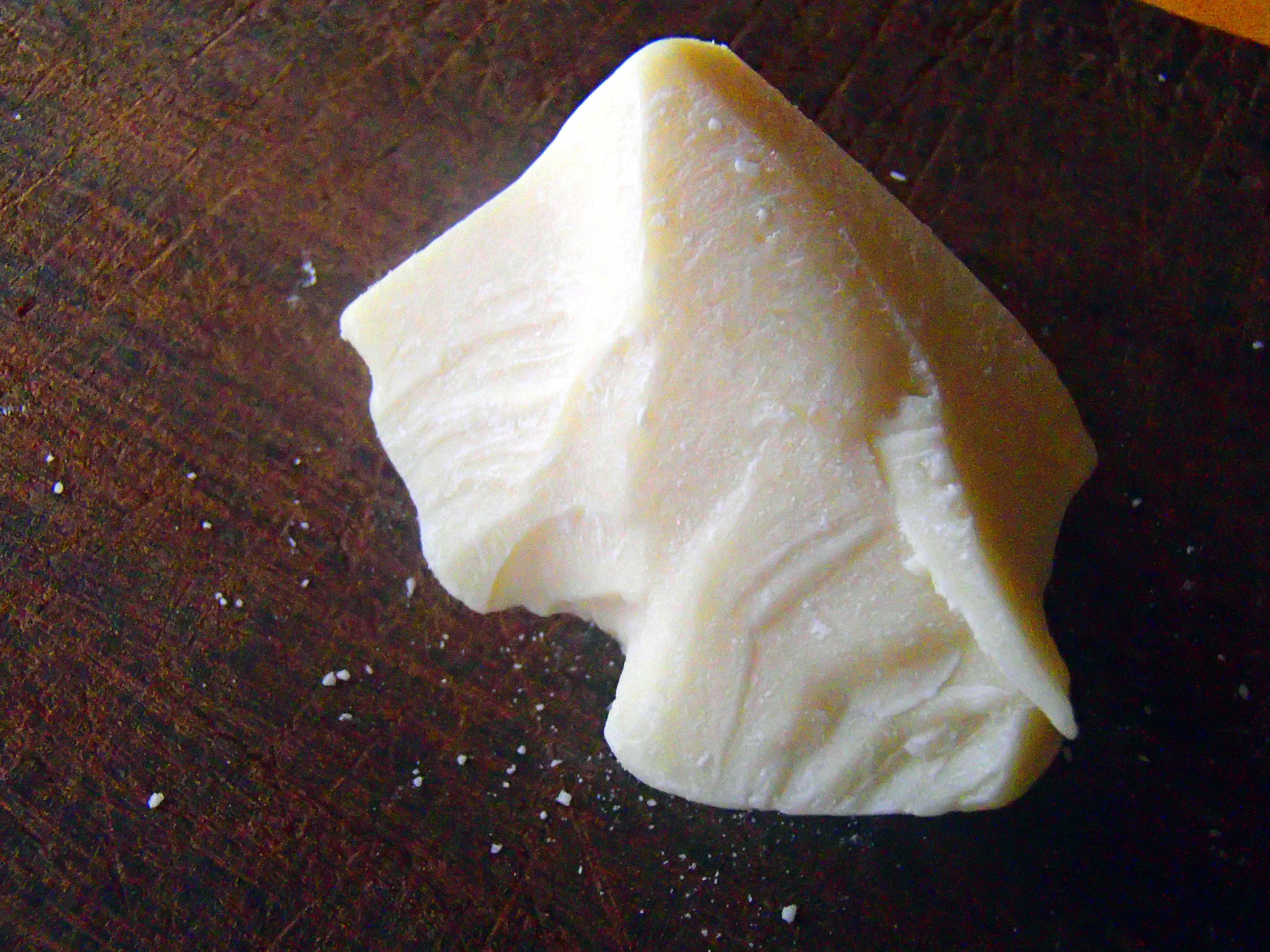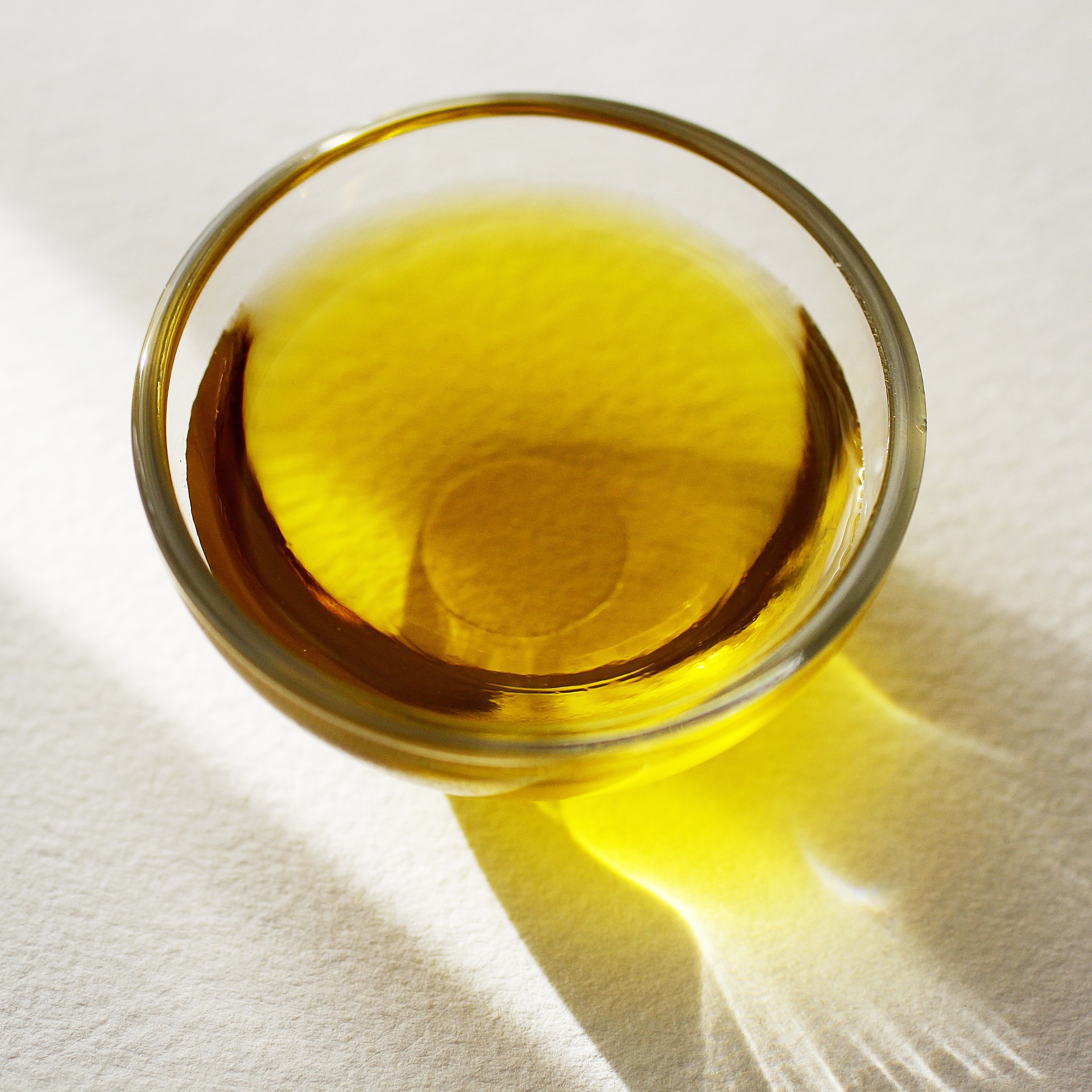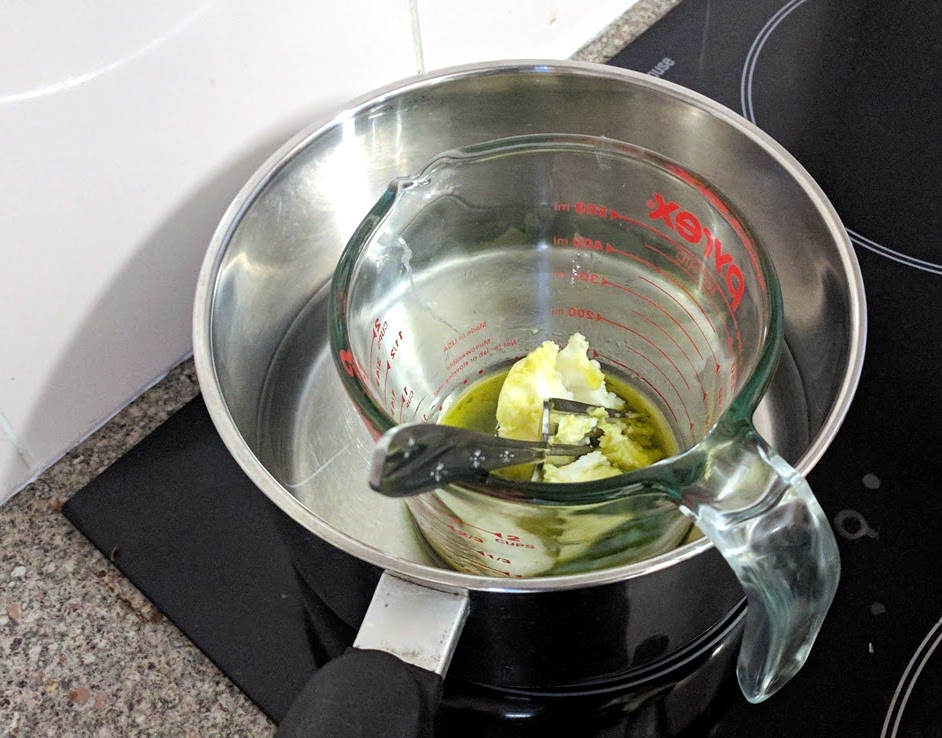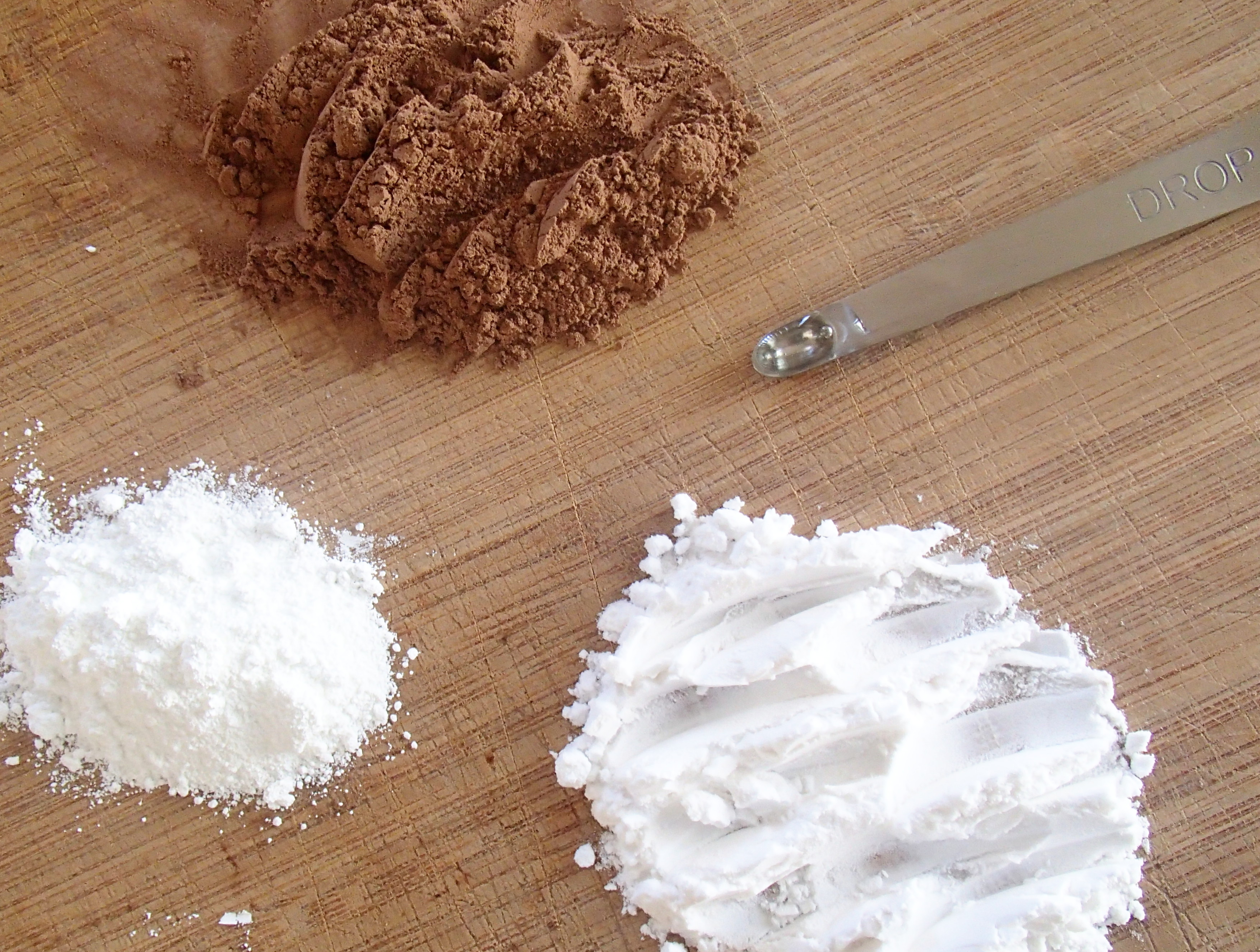One of my stables in face creams is shea butter. I’m not the first to note its properties and hence use it in face creams. Shea butter originates from a nut-like berry harvested from the shea tree (or Vitellaria tree) in tropical Africa. It has been used for centuries in the region as skin care and cooking oil. The shea oil lasts up to four years and it can be frozen without loosing its beneficial properties.
Texture
Shea butter is widely used in cosmetics today, in particular in soaps, body lotions and body butters due to its affordability and longevity. It is white to pale yellow in colour and has little to no scent which allows for easy use of essential oils in creams.
Shea butter naturally has a creamy consistency and even on its own is spreadable on skin. The butter’s melting point is at body temperature, so around 37°C. It can be blended with other oils in its ‘cold’ state.
Properties
Shea butter is said to have some sun blocking abilities. Coupled with its skin smoothing properties the butter is perfect for almost any kind of skin. It is a lighter butter than most others and can be used by people with oily skin as well as by those with dry skin. It generally doesn’t clog the skin’s pores and absorbs quickly.
Shea butter is further proven to act against inflammation which helps to reduce signs of burns, sores, scars, dermatitis, eczema and stretch marks.
Grades
Shea butter is sold in different grades – from A (raw) to E (contaminated). For skin care I have only ever come across grade A which is unrefined or raw shea butter and grade B which is refined. The difference between these two is a chemical process which eliminates colour, scent and potentially some of its healing properties. It however also eliminates some production particles which can be left behind in the butter.
Usage
Working with shea butter is relatively simple: it can be used hot or cold.
Blending the butter with other oils in its cold state simply means to use a hand whisk (or a stand mixer) and combine all ingredients with it. This can take some time and constant supervision but it eliminates the heating process. However, I only recommend the cold process for refined shea butter.
Unrefined shea butter should be heated in a double boiler. The double boiler method is a cautious procedure to ensure that no unwanted bacteria or fungi are left behind in the final product. Be aware however that shea butter can turn grainy in the final product if it is heated to high. Therefore, a temperature of 45°C should be enough to melt it and after around 20 min at this temperature the product should be safe.
Buying it
Buying shea butter can be a little bit tricky. It is generally inexpensive (less than AUD 5 per 100g) and I buy mine through an online store. In my experience it pays off in good quality to buy any skin care ingredient from a supplier of cosmetic ingredients. However, a trusted source and supplier will be just as sufficient.
A simple recipe
One simple recipe for a face cream for mature skin:
15g Shea butter
10g Olive oil
5g Avocado oil
All ingredients can be gently heated in a double boiler (up to 45°C) and then left to cool in the fridge. Alternatively they can be blended cold with a whisk/mixer.
